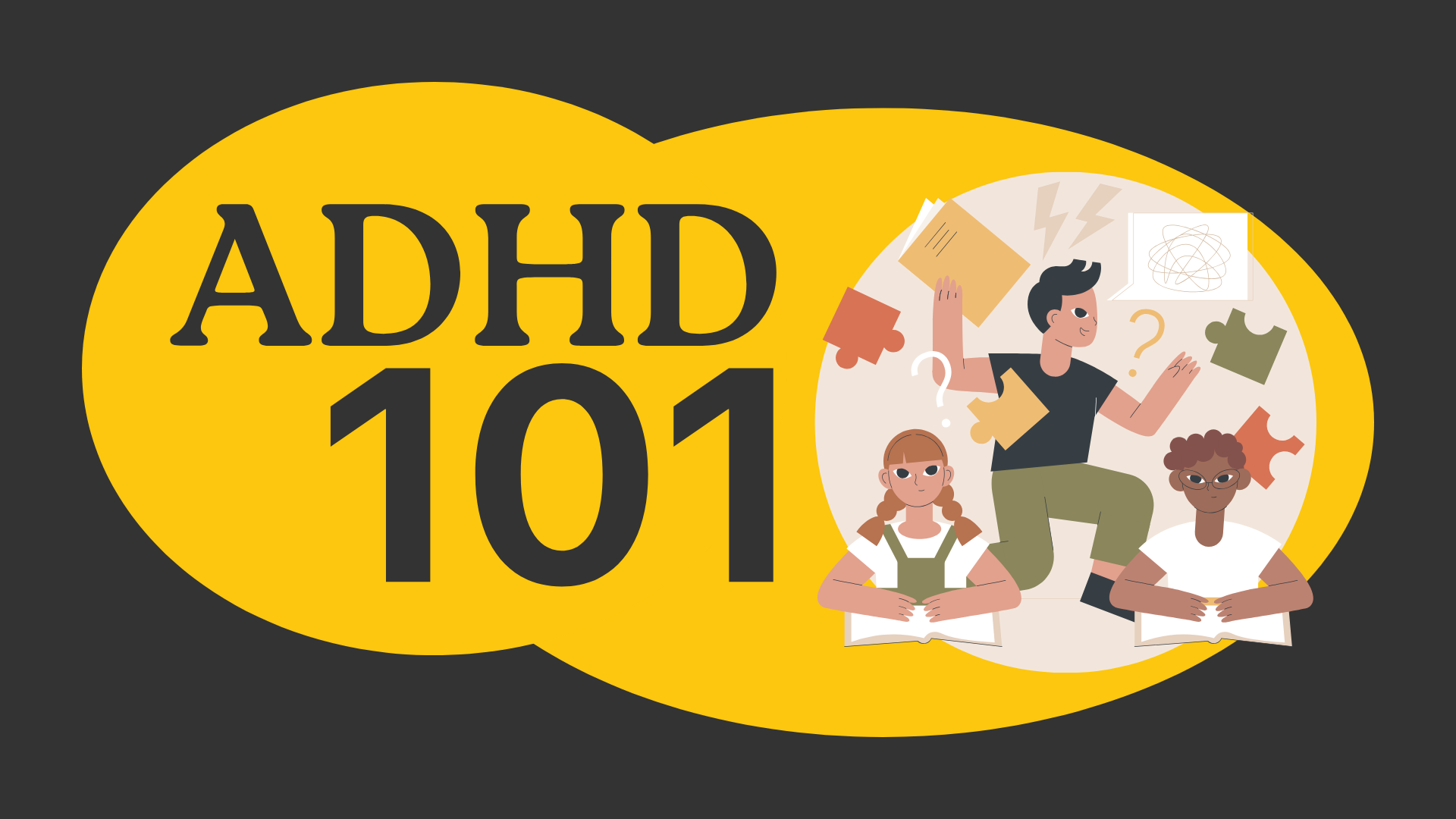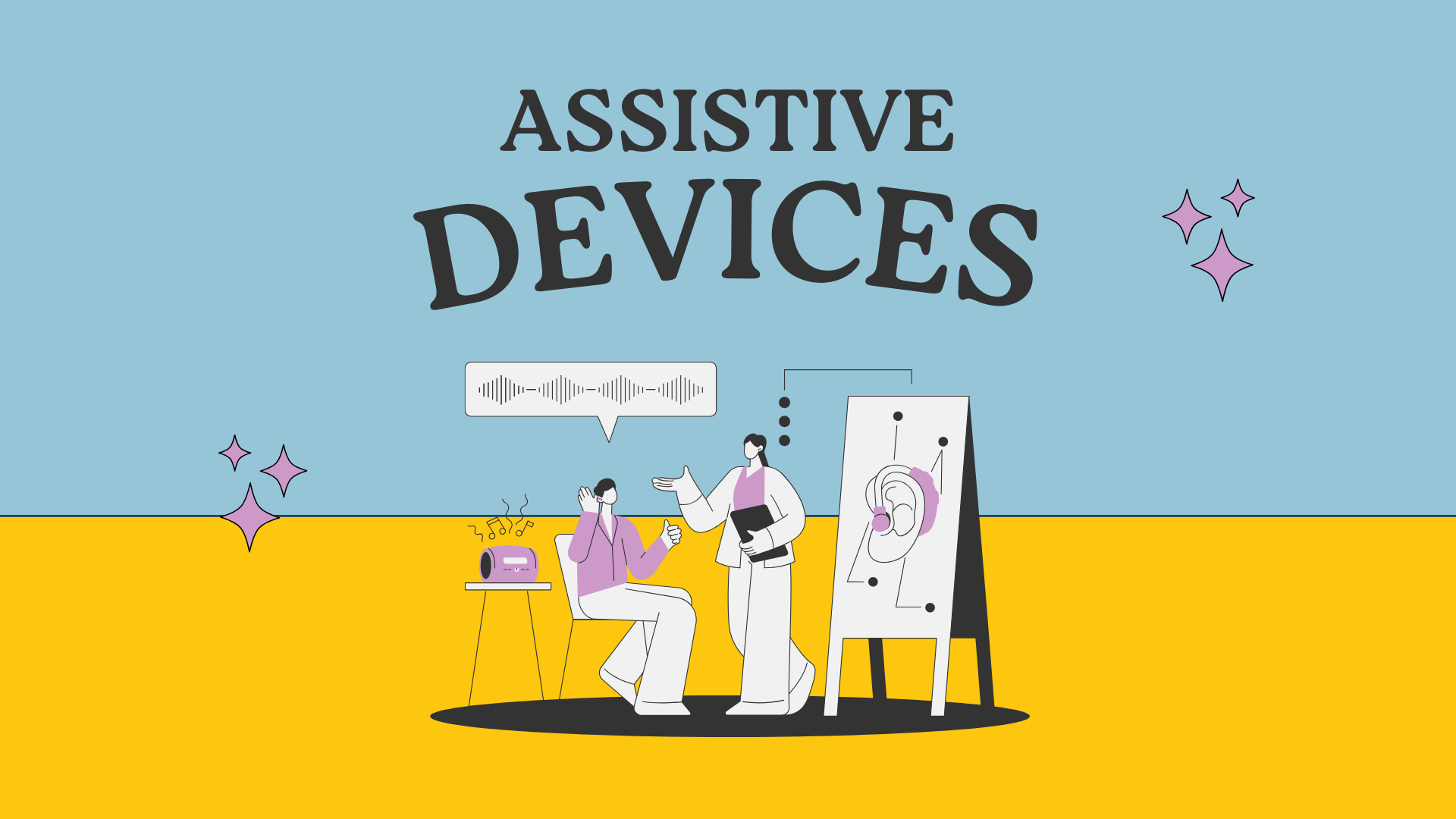Consider your brain to be a remote control, with someone constantly changing the channel. Wouldn’t it be difficult to concentrate, listen, and learn? One teacher described her pupils with Attention Deficit Hyperactivity Disorder in this way.
ADHD, also known as Attention Deficit Hyperactivity Disorder, is characterised as a neurological disorder. The symptoms are behavioural in nature and generally include inattentiveness, hyperactivity, and impulsiveness.
Types of ADHD
There are three major types of ADHD:
- Impulsive/hyperactive ADHD. This type is characterised by impulsive and hyperactive behaviors without inattention and distractibility.
- Inattentive and distractible ADHD. This type of ADHD is characterized predominately by inattention and distractibility without hyperactivity.
- Combined ADHD. This is the most common type of ADHD and is characterized by impulsive and hyperactive behaviors as well as inattention and distractibility.
Manifestation of ADHD Across Age Groups
- Preschool to 2nd Grade: Struggle to kickstart tasks and maintain focus.
- 3rd to 7th Grade: Tendency to rush through homework, producing work that’s often below their potential.
- Teens: Challenges in retaining and noting down assignments.
- Adults: Easily sidetracked from daily tasks, frequently misplacing essentials.
ADHD: What It Is Not
ADHD is not a learning disability. A learning disability makes it difficult to acquire specific skills such as reading or mathematics skills. By contrast, ADHD impacts global skills and executive functions like the ability to focus, the ability to control impulses and emotions, and the ability to control impulsive behaviour. ADHD is not considered a learning disability but some research indicates that 30-50 percent of children with ADHD also have a specific learning disability and that these conditions can interact to make learning extremely challenging.
ADHD is not considered to be a learning disability. It can be determined as a disability under the Individuals with Disabilities Education Act (IDEA). Most children who have ADHD tend to receive some school services, such as accommodation and special education services.
Gender Biases in ADHD Diagnosis
ADHD is diagnosed three times more often in boys. ADHD in women is often seen as character traits and hence research suggests that girls may be under-diagnosed. The Journal of Consulting and Clinical Psychology (Vol. 70, No. 5) says “Most of the few prior studies have focused on comparing girls to boys - using boys’ ADHD symptoms as the marker against which girls should be measured.”
While it is important to consider the impact of sex differences on ADHD presentation and experience, it is also pivotal that we begin to question the role that gender-based biases and expectations might colour our perception of the strengths and challenges inherent in this condition. Even today, the field is lacking meaningful research on people’s experiences with ADHD who do not identify as cis-gender. Historically, the research for ADHD focused exclusively on little boys and not adults or women. Girls with undiagnosed ADHD are at high risk for chronically low self-esteem, anxiety, and more.
Social Challenges Arising from ADHD
ADHD can make it hard to sustain friendships. People with ADHD who are trying to manage their symptoms can find it hard to maintain friendships as their inattentiveness may be interpreted as shyness or their impulsiveness as aggression. Attention, hyperactivity, impulsiveness, and mood regulation issues frequently make it difficult for people with ADHD to develop social skills. These may lead to a lot of misunderstandings.
Children with ADHD may benefit from initiatives to proactively identify students with this disorder and directly target their specific impairments with evidence-based intervention approaches,”We all must be a part of the collective story because the more diversity of representation in the research and literature, more accurately diagnosis and treatment would be to help people live well with their differences, not simply in spite of them.
Wrapping Up
It’s crucial to be part of the collective narrative surrounding ADHD. A diverse representation in research can lead to more accurate diagnoses and treatments, allowing individuals with ADHD to thrive with their unique abilities. After all, the goal is to help people excel with their differences, rather than merely in spite of them.

 Beyond Barriers: The Power of Assistive Technology
Beyond Barriers: The Power of Assistive Technology